13 Jun 2013 Screenwise Tips
How to learn an American accent – Screenwise Tips
Learning an American accent is the equivalent to learning vocal gymnastics. It takes time, commitment and muscle memory.

There is no short cut or easy way to learn an American Accent. However with hard work, some good acting tips and the right training – you can get the American accent you need to work in the industry. At Screenwise, our American Accent Workshop is structured so that actors get the repetition needed to learn an accent. Classes are held one evening each week, for six weeks.
Learning an American accent is the equivalent to learning vocal gymnastics. It takes time, commitment and muscle memory. An authentic accent can’t be learnt in a crash course or over the space of a weekend.
If you are serious about working as an actor, your American accent is a critical skill that the industry will expect you to have mastered. Once you have the audition, it’s too late to learn the accent. Prepare now so that when opportunity presents itself, you are ready.
Some actors believe that they can teach themselves an American Accent from watching TV. However being able to mimic an accent is very different to being able to deliver an authentic accent in a highly charged emotional scene.
A professional actor is expected to understand an American accent inside out, upside down and back to front. They are expected to ‘embody the character with the accent’, and not just ‘play the accent’.
For example, can you deliver an American accent in multiple character roles? An old man, a young rapper, an angry teacher, an upper class business woman? Could you do this at double speed, or half pace? Could you do this whilst screaming or crying or both?
Ask yourself, would your accent stand up to audition nerves or the pressure of a film set? If you were offered the audition of a lifetime tomorrow – would your American accent get you through?
The Screenwise American Accent workshop is taught by leading dialogue coach, Natasha McNamara, who has taught at leading acting centers around the country and is quoted by Hugh Jackman to be “One of the best in the business.”
The workshop covers:
* Phonetics – the shape of mouth, position of tongue, placement of voice
* Muscle memory – through repetition, weekly exercises and pre-class preparation
* Monologue and 2-hander scene work as actors learn to ‘embody the character with an accent’ and not ‘play the accent’
* Performances are recorded on DVD, analysed and refined in class
Poulsen’s Acting Tips for how to learn an American Accent
Placement
For Australians, who tend to speak from the front of the mouth, it is difficult to draw the voice back towards the throat as Americans do.
Inflection
To help actors avoid the upward inflection at the end of a phrase, Poulsen encourages them to hum along to the tune of the dialogue. There is less tonal variation in an American voice.
Intrusive R
Australians are renowned for dropping the Rs from some words and adding them to others. In our dialect, the word ”drawing” sounds like ”draw-ring” and the word ”picture” is ”picha”.
Weak L
Like Rs, the L sound is often weakened in the Australian accent. Americans always pronounce the consonant.
Tight Vowels
Some vowels are longer and rounder in the American accent. Nervous actors get it wrong because their jaws tighten and their mouths close.
For more details click here.

Share this
Career focussed
Training in acting for film & television
Screenwise offers full-time and part-time intensive creative and technical accredited screen acting programs.
Explore acting courses